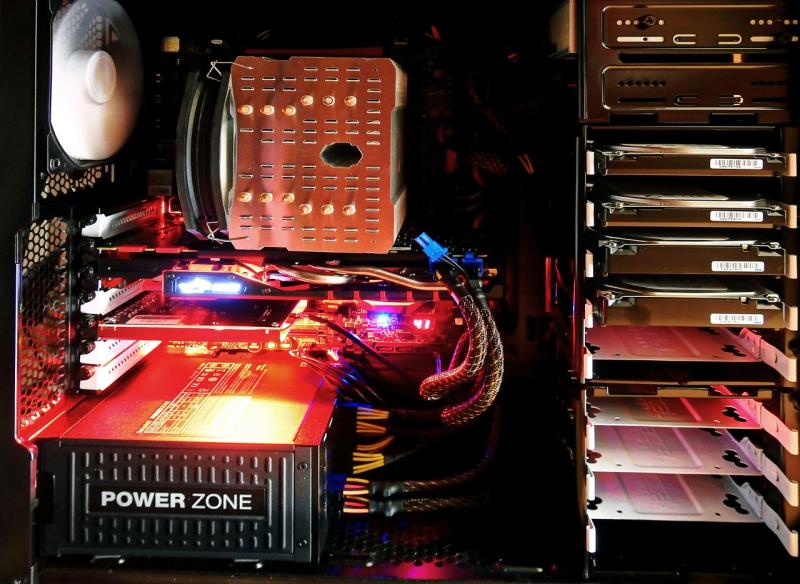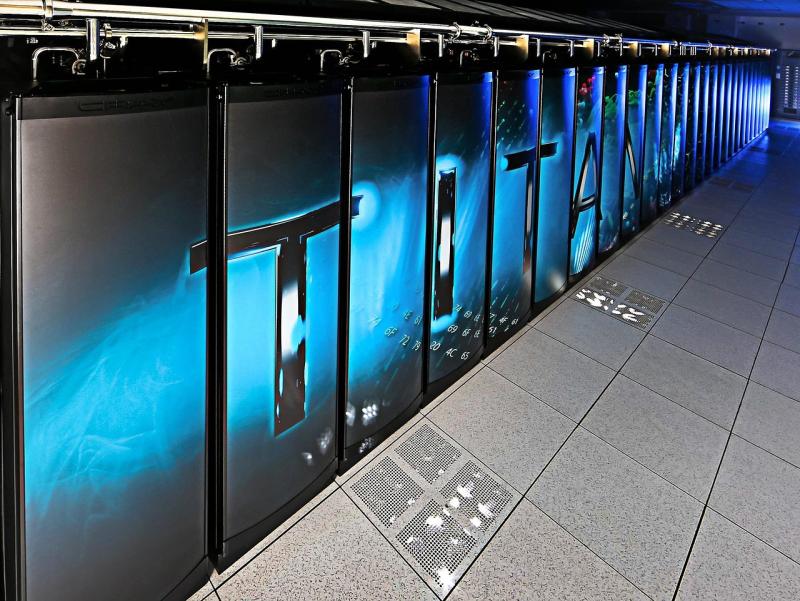Elevating Remote Data Acquisition
As drone technology advances, industries ranging from agriculture and environmental monitoring to urban planning and cinematography increasingly rely on the real-time collection and analysis of aerial data. A custom PC designed specifically for drone control and aerial mapping goes beyond conventional computing—it serves as a central command hub for processing high-definition video streams, executing complex geospatial algorithms, and modeling three-dimensional terrain in real time. This comprehensive guide outlines the key hardware components, system optimizations, and connectivity considerations needed to build a high-performance workstation that empowers precise drone operation and data visualization.
---
#### Unleashing Processing Power for Real-Time Control and Analysis
Effective drone control and mapping demand rapid, reliable processing to navigate, capture, and process data in real time.
- **Multi-Core, High-Frequency CPU:**
Select a processor such as Intel Core i9 or AMD Ryzen 9/Threadripper that offers a high number of cores and robust clock speeds. This configuration accelerates flight control algorithms, high-resolution video decoding, and the computationally intensive tasks of geospatial processing and 3D reconstruction.
- **Hardware Virtualization:**
With virtualization support (Intel VT-x or AMD-V), you can run virtualized control systems, simulation environments, and remote monitoring applications concurrently—allowing for test scenarios and live operation within isolated environments.
- **Optimized Overclocking:**
Under a well-controlled thermal environment, mild overclocking can reduce latency in critical flight control tasks and accelerate data processing, so long as system stability is maintained through reliable cooling.
---
#### Advanced Graphics and Data Visualization
Mapping and analyzing aerial imagery require continuous rendering and high-fidelity visualization.
- **Dedicated Graphics Acceleration:**
High-end GPUs like NVIDIA GeForce RTX or AMD Radeon RX series provide essential parallel processing power to render HD video feeds, support real-time 3D terrain modeling, and perform GIS-based data analysis on-the-fly.
- **Real-Time Rendering:**
Leveraging GPU frameworks such as CUDA and DirectX 12 Ultimate ensures that complex visualizations—such as digital elevation models (DEMs) and multi-layered maps—are generated in real time with minimal latency, crucial for mission-critical decision-making.
- **Multi-Monitor Configurations:**
A dual- or triple-monitor setup allows operators to dedicate one display to live drone feeds, another to mapping software dashboards, and a third to system diagnostics or flight control interfaces, streamlining the overall workflow.
---
#### Ample Memory and Ultra-Fast Storage for Massive Data Sets
Drone operations often yield large volumes of high-resolution imagery and sensor data that require rapid access and significant storage capacity.
- **High-Capacity RAM:**
Equip the system with at least 32GB of DDR4/DDR5 memory, with 64GB recommended for intensive mapping applications and simultaneous operation of multiple data streams. Greater memory capacity enables smoother multitasking and reduces delays when processing raw sensor data.
- **NVMe SSDs for Rapid Data Processing:**
Use NVMe SSDs as the primary drive to ensure near-instantaneous boot times, quick load times for mapping and control software, and immediate access to recently captured aerial data.
- **Hybrid Storage Solutions:**
Augment high-speed storage with larger-capacity SATA SSDs or RAID-configured HDD arrays for archiving extensive datasets. RAID 5/6 configurations enhance redundancy and safeguard critical imaging and sensor data against drive failures during long-duration missions.
---
#### Connectivity and Peripheral Integration: Bridging the Drone and Desktop
Seamless communication between your drone, sensors, and the control workstation is vital for real-time operation and data exchange.
- **Robust I/O and Networking:**
Choose a motherboard with multiple USB 3.2 and Thunderbolt ports, ensuring hassle-free connectivity with external devices like controllers, cameras, and GPS receivers. High-speed Gigabit Ethernet adapters provide reliable network communication, essential for streaming live data and remotely accessing the control hub over extended distances.
- **Wireless and Short-Range Communication:**
Integrate Wi-Fi 6 and Bluetooth adapters to facilitate over-the-air updates, direct communication with the drone, and short-range data transmission in dynamic field environments.
- **Specialized Sensor Interfaces:**
Support for dedicated serial ports (RS-232/RS-485) and adapter modules ensures compatibility with industrial sensors, environmental monitoring devices, and additional peripherals critical to drone-based mapping.
---
#### Efficient Cooling, Stability, and 24/7 Operation
Given the continuous, mission-critical nature of drone control and mapping operations, thermal stability, and energy efficiency are paramount.
- **Advanced Cooling Solutions:**
Employ high-quality air cooling systems with smart fan controllers or invest in a custom liquid cooling loop to keep both CPU and GPU temperatures within safe limits during extended data processing and rendering sessions. A case designed for optimal airflow—with dust filters and carefully routed cable management—ensures that the system remains quiet and efficient even in demanding field conditions.
- **Stable Power Supply:**
An 80 PLUS Gold or Platinum certified modular power supply with ample wattage overhead guarantees clean, steady power delivery. For continuous operations, adding an uninterruptible power supply (UPS) minimizes the risk of data loss or system downtime caused by power fluctuations.
---
#### Optimized Software Environment and Integrated Development Tools
The operating system and software suite play a central role in harnessing the capabilities of your custom PC for drone control and aerial mapping.
- **Streamlined Operating System:**
Use a dedicated, lightweight operating system—such as a customized Linux distribution or optimized Windows build—that allocates maximum system resources to mapping, control, and simulation applications without unnecessary background processes.
- **Industry-Standard Mapping and GIS Software:**
Integrate powerful GIS platforms, real-time mapping software, and drone control applications that support multi-layered data visualization, such as ArcGIS, QGIS, or proprietary UAV control software. Regular software updates ensure compatibility with evolving sensor technology and mapping standards.
- **Automation and Monitoring Tools:**
Deploy automation scripts for routine data backup, performance monitoring tools (like Grafana or Prometheus), and real-time diagnostic utilities to continuously assess system performance, allowing for proactive maintenance and minimal disruption during active missions.
---
#### Future-Proofing and Scalability: Adapting to New Horizons
As drone technology and geospatial analytics continue to advance, your custom PC should be built to scale with future developments.
- **Modular, Upgradeable Architecture:**
Choose a motherboard with additional DIMM slots, multiple PCIe lanes, and extra storage connectors. This design supports easy upgrades—whether adding more memory, expanding storage capacity, or installing additional GPUs to accelerate 3D mapping algorithms—as your operational requirements grow.
- **Hybrid Cloud Integration:**
Consider a hybrid approach that combines local processing with cloud-based resources. This strategy allows intensive data processing tasks and rendering to be offloaded to scalable cloud infrastructures during peak operations, ensuring constant high-performance without the need to replace your core system.
- **Continuous Benchmarking and Future Roadmapping:**
Periodically assess system performance and update your hardware roadmap based on emerging drone technologies and software requirements. Maintaining detailed performance logs facilitates proactive upgrades and hardware optimization, keeping your workstation at the cutting edge of aerial mapping innovations.
---
#### Conclusion: A Nexus for Aerial Innovation
A custom PC for drone control and aerial mapping is a sophisticated, future-ready platform that empowers operators to capture, process, and analyze real-time aerial data with unmatched precision. By combining a high-core-count CPU, dedicated graphics acceleration, ample high-speed memory and storage, versatile connectivity, and robust cooling into an integrated and scalable system, you create a comprehensive command center for remote data acquisition. This dedicated workstation not only enhances the efficiency of drone operations and mapping projects but also stands ready to adapt to the rapidly evolving landscape of UAV technology—unlocking new frontiers for innovation and transformative insights in environmental monitoring, urban planning, and beyond.
---
### SEO Keywords:
custom PC for drone control, aerial mapping workstation, high-performance UAV PC, multi-core CPU drone control, dedicated GPU for mapping, NVMe SSD aerial data, scalable drone control PC, real-time mapping workstation, advanced UAV command center, efficient cooling drone PC, future-proof aerial mapping system
View our related products
See more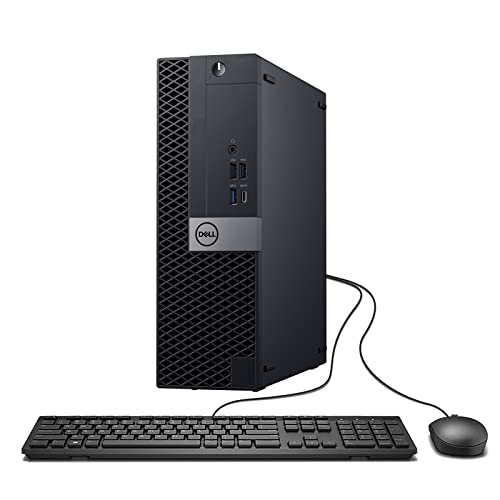
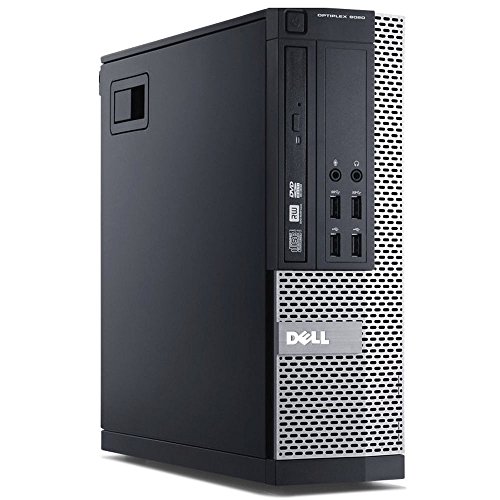
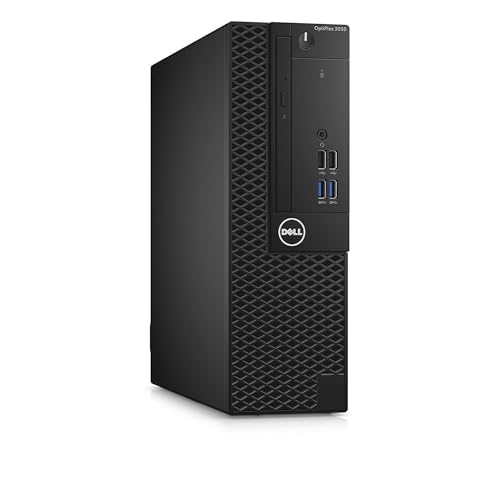
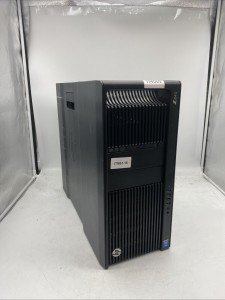
Custom PC for Drone Control and Aerial Mapping
Related Articles
Essential High-Performance PC Components You Need Now
Upgrade your setup with the must-have parts for unbeatable gaming and productivity
Top Picks for Best High-Performance PCs
Find the perfect power machine for gaming, work, or creative projects
Your Guide to the Best High-Performance PCs
Find the Right PC for Your Gaming and Creative Needs
View our related products
See more



